The appearance of scratches and chips on the surface of a wooden door is a very common ...
|
|
You need to choose the color of a stretch ceiling at the finish stage of the design of the design of the room .... |
For the room to acquire a finished aesthetic look, it is important to install a floor plinth ... |
Polyurethane sealant: Instructions for use
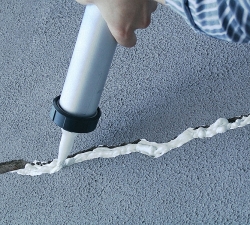
If necessary, in the location of cracks, gluing a certain kind of materials or their sealing, compounds called sealants are used. The highest reliability, among all types of sealants, differs materials based on polyurethane. We will talk about the features of the use and technology of applying polyurethane sealant further.
Table of contents:
- Polyurethane sealant - general characteristics and features
- The scope of use of polyurethane sealant for seams
- Comparison of polyurethane sealant with other compositions
- Instructions for applying polyurethane sealant
Polyurethane sealant - general characteristics and features
Polyurethane -based sealants are popular in gluing wooden, concrete, metal, plastic or brick products. During use, they perform two functions: sealant and glue. After polyurethane froze, the surfaces are reliably glued together. In addition, polyurethane is resistant to moisture, vibration or corrosion.
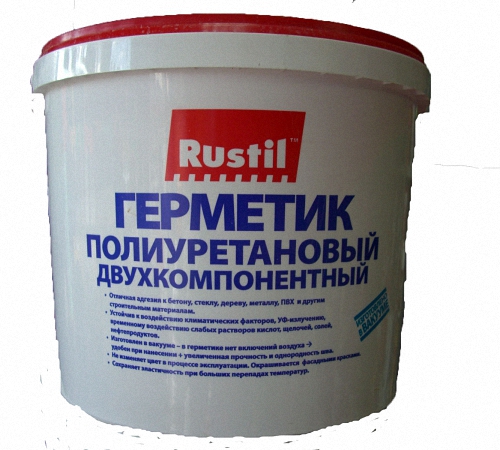
Increased humidity only improves the positive qualities of polyurethane. In the composition of polyurethane foam, a polyurethane of a one -component structure is present. There are sealants with a two -component composition, they have improved sealing properties. The elasticity of such sealants is 99.9 %. They are compared with mounting foam, since in the qualitative characteristics of these two compositions identical properties.
Polyurethane sealant is similar to mounting foam during the solidification process, since a few seconds after application, it polymerizes and acquires a firm state. It is increased humidity that promotes polymerization. Keep in mind that a sealant on a polyurethane basis freezes very quickly, so errors should not arise when applying it.
The sealant should be stored in a place protected from children, since its ingestion is unacceptable. It is forbidden to store polyurethane sealant in a room with too high air temperature.
When ensuring normal storage conditions for sealant, it will last in an open state for about ten months.
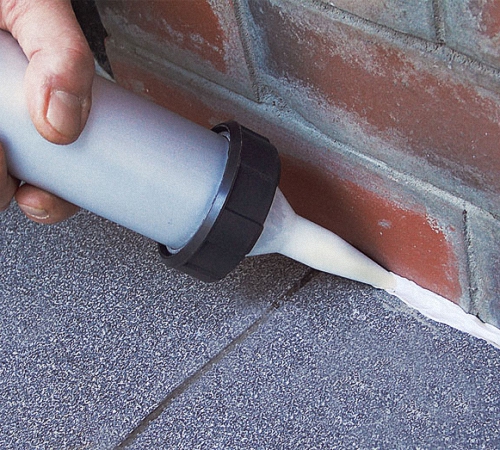
Among the advantages of using polyurethane sealant should be highlighted:
- the highest level of elasticity;
- good adhesion with metal, ceramic, brick, concrete, plastic surfaces;
- high level of self -aviation;
- stability before moisture;
- fast drying and hardening period;
- stability in front of low temperatures of more than -50 degrees;
- the possibility of applying in winter;
- stability before exposure to ultraviolet radiation;
- complete lack of shrinkage;
- Health safety is ensured by the lack of toxic substances in the composition of the sealant;
- duration of operation;
- The possibility of staining, thus, the sealant also performs the function of paint.
Among the shortcomings of polyurethane sealants are distinguished only by their instability before high temperatures, which reach more than +100 degrees.
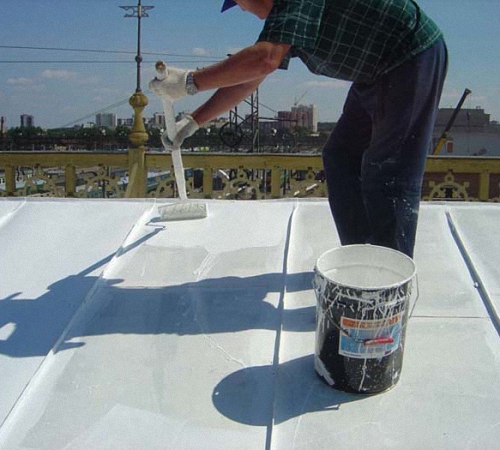
The scope of use of polyurethane sealant for seams
Since polyurethane sealant has a lot of advantages, the scope of its use is quite wide. It is able to close up seams of interpanel or deformation in nature, sealing the roof, applied between the joints of logs or double -glazed windows, is suitable for embedding seams between stoves made of reinforced concrete.
Polyurethane sealant is perfectly manifested in the process of seizing seams, between materials of various origin, with different physical properties and composition.
This material is efficient in the consumption. For example, if you need to close a seam whose depth is 10 mm, then only 100 ml of sealant will be required per meter of this seam.
When choosing a polyurethane sealant for the home, one should take into account its main property - hardness. It is she who helps him to resist deformation and shrinkage.
If the value of hardness for sealant is fifteen units, then it is used in the process of embroidering the seams between the panels, joints of the roof, various angles and joints. This sealant perfectly glues metal, concrete, wooden and plastic parts.
If there is a hardness of twenty -five units, the sealant is used to close up joints under constant exposure to moisture. The value of 40 units involves the use of a sealant for working with glass surfaces, in addition, it allows sealing temperature seams in reinforced concrete structures.
The hardness of polyurethane sealant of 50 units allows it to be used in the process of working with metal. The maximum level of hardness is 60 units. Such sealants are used from the car or shipbuilding industry.
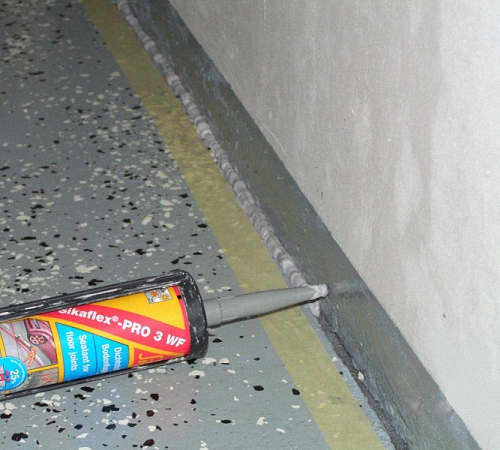
The scope of use of a sealant of polyurethane applies to:
1. Window and door structures, joints between panels on the facade section of the building. After the packaging with the sealant opens, it is immediately used as intended. It is applied to the seam itself, the thickness of the application should not exceed more than half of one centimeter. Thus, it will be possible to obtain reliable sealing of the coating and economical consumption of the material.
2. In addition, the use of polyurethane sealant is associated with the processing of products, which are based on natural stone. It is with the help of this material that almost invisible and neat joints are obtained. Due to the fact that the material is produced in various kinds of color solutions, it is possible to choose a shade that is as close to the color of the stone. The use of silicone sealant, in this case, is unacceptable, since under its influence the stone loses color and is gradually destroyed.
3. In places with increased vibration, a sealant is also used on a polyurethane basis. Since he is not prone to change in form or shrinkage. It is used in the automotive industry for processing the seams of metal structures, due to the speed of its drying and the strength of the connection.
4. When processing seams that are exposed to high or low temperatures, a polyurethane -based sealant is also used. Its popularity is explained by the excessive elasticity of the material and its stability before punctures, destruction and abrasion.
5. When conducting waterproofing work on a roof, in a pond or fountain. After the processing is completed, the polyurethane layer is sufficiently density and stability before moisture.
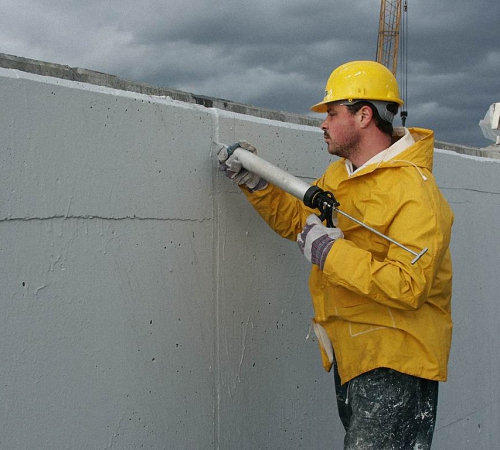
Comparison of polyurethane sealant with other compositions
Among the main types of sealants, the compositions are distinguished by:
- silicone basis;
- polyurethane basis;
- acrylic basis;
- bitumen basis.
We will talk about their features and talk further. The choice of one or another type of sealant depends on the individual characteristics of the material that is subject to gluing, also important factors are the place of processing and exposure to external stimuli in the form of high or low temperature, increased or constant humidity, vibrations, mechanical exposure, etc.
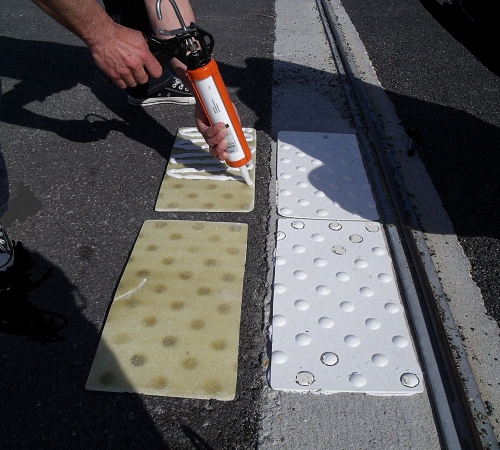
The main and determining quality property for each of the sealants is its elasticity. In addition, a good sealant reliably holds the seams, under the influence of any irritants.
1. Acrylic -based sealant - are characterized by the highest elasticity, but at the same time they are poorly kept in shape and are prone to deformation. Suitable for work in the inside of the premises. They are used in the process of installing windows and doors, in addition, they are used to close the cracks on the ceiling or walls. There are two sealant options:
- compositions stable before moisture;
- Inexhaustible sealants.
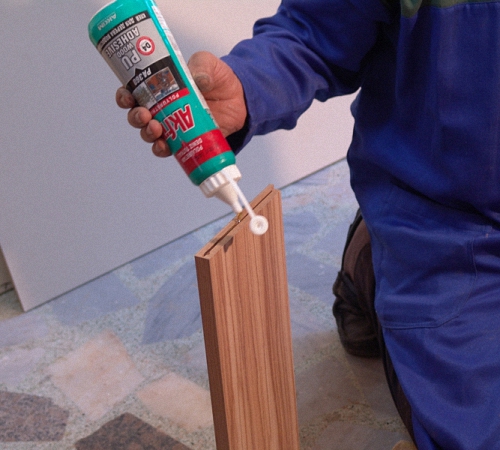
The first option is used in places with high humidity, and the second, when gluing furniture. On acrylic sealant lies well with paint, so it is almost invisible in the installation sites.
2. Silicone -based sealants are unstable before exposure to paint and varnishes, therefore they have their own color palette. They are distinguished by higher moisture resistance than acrylic and very well tolerate high and low temperatures. There are two types of silicone sealants:
- neutral;
- vinegar.
The first option is used in the process of working with metal products, since it is not able to enter into various reactions with it. In addition, with it, the seams between the tiles, in places of high humidity, such as pools, bathrooms, will be condensed. The second option is suitable for wooden, plastic and ceramic products. It is by no means suitable for processing products made of metal, since the surface will rust over time.
The only disadvantage of sealants on a silicone basis is the presence of an unpleasant odor that stands out when working with them.
3. Polyurethane glue sealant is characterized by the highest strength and reliability. It has increased elasticity, stable before deformation, is common when working outside the room, as it tolerates a change in temperature regime, moisture, ultraviolet radiation, etc. In addition, this type of sealant tolerates painting and applying varnish.
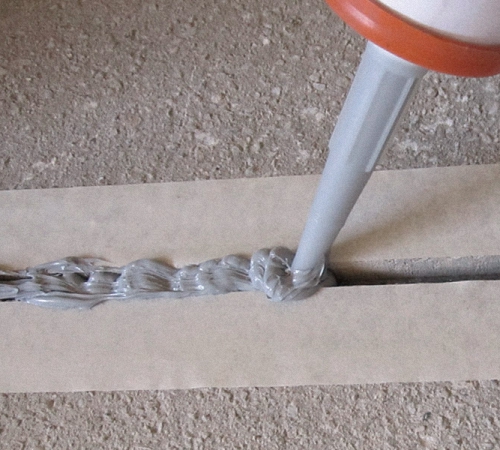
There is another variety of sealants, which are called facade. These include materials that are best suited for working on the facade part of the building. The most optimal option for conducting the facade is a sealant on a polyurethane basis. Since, if you compare it with silicone or acrylic sealants, it has a higher strength before shrinkage, deformation and mechanical damage.
They compete with a sealant on a polyurethane basis of the composition of silicone and thiocol type. Since they, in comparison with a polyurethane sealant, have slightly less elasticity and adhesion. Polyurethane sealant has more significant advantages than these compositions. It does not require pre -preparation of the surface for its application, in contrast to silicone sealant. It is stained, and silicone sealant is already produced in the finished color, which is sometimes difficult to choose under the color of the surface.
Tiocol sealant has a shorter period of use, unlike polyurethane, it requires periodic updating of the seams. Therefore, despite the fact that for polyurethane sealant, the price is slightly higher than for silicone and other compositions, it surpasses them in many ways.
In order to buy polyurethane sealant, you should contact any construction supermarket or store.
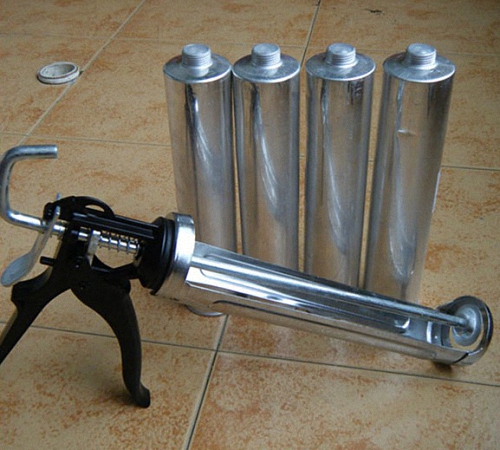
Instructions for applying polyurethane sealant
Due to the presence of only one main component in the material of the material and due to the lack of solvents in it, it is produced by 600 ml stubbled in foil and 310 ml in metal cartridges. In order to apply sealant, a special pistol is required. There are three main types of devices for applying sealants:
- Mechanical type pistols - are designed to work in private construction, since with their help a small amount of work is performed;
- Pneumatic pistols allow you to perform medium -sized work, used by professionals;
- Pistols with the presence of a battery are used in multi -storey construction.
Before starting to work on the gun, the nozzle is installed, and the seam is cut off for the required length.
To ensure high quality, the work performed, the diameter of the seam on the sealant should be twice as large, the depth of the seam to which it is applied.
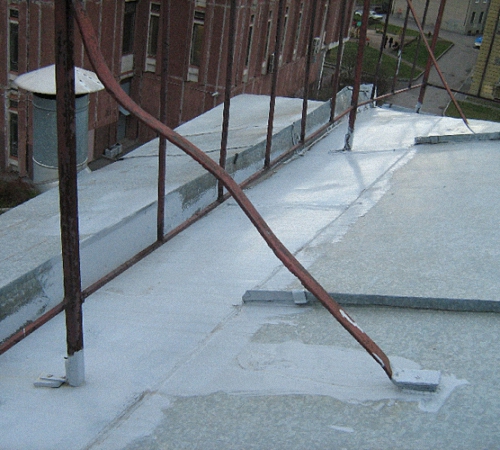
Before applying polyurethane sealant, dust, dirt, paint or various kinds of oils are removed from the surface.
It is not recommended to use an open -air sealant during atmospheric precipitation. In the presence of rust on steel surfaces, they are cleaned with grinding. Thus, it will be possible to increase the adhesion of the sealant several times with the surface on which it is applied.
The seams of the interpanel or interblock type are pre -insulated using foamed polyethylene or mounting foam. The sealant is applied on top of the insulation, for this, a manual pneumatic gun or spatula is used. Try to apply the material evenly so that tears or voids do not form. To level the applied sealant, steel or wooden embroidery is used. The surface should become M-shaped. After three hours after applying the composition, it becomes stable before moisture, frost, atmospheric influences. Until that time, the material should not be influenced by these stimuli.
Hermatic video:

I like Laurex more
I like Laurex Accent 117 more - I have been using it for 6 years, no complaints. Thanks to Laurex E-Shop for advising him in due time.
As you think, is it suitable
Do you believe whether PU adhesive-mixture is suitable for repair (gluing) of the retaloroid to the facade wall? I repair the floor of the loggia (open). There is a screed on the roofing material, the “sunsers” of the roofing material on the wall were glued with bitumen when they did. A year later, roofing "issues" in places moved away from the wall, I want to stick it as a shaking and reliably.
The article is not new, but thanks if you answer.